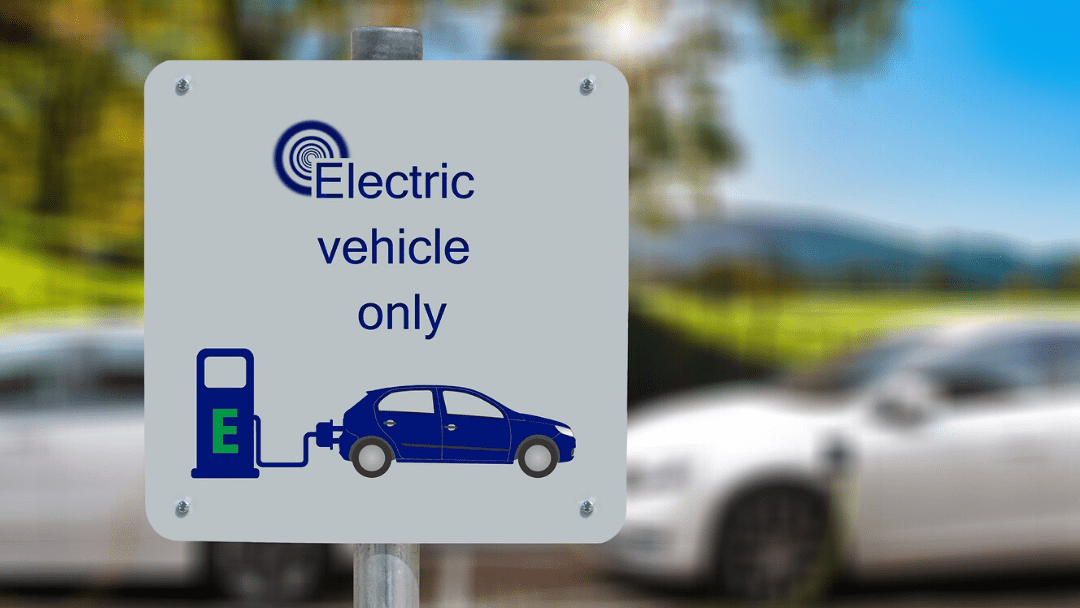Many fleets are choosing to make the switch to electric vehicles (EVs). Or rather, the choice is being made for them. In Europe, gas-powered vehicles will no longer be sold to consumers as of 2025. The question is no longer if EVs will be commonplace on the road, but when.
To add to this challenge, EV manufacturers aren’t required to standardize the way in which they provide access to vehicle-side data, which could, in theory, require a new approach for accessing said data (and essential telematics insights) for each new EV model that hits the road. That is, of course, unless there is a telematics platform that helps bridge the gap and allow for a seamless integration of data.
Looking 5-10 years into the future, fleet managers closer to home are recognizing that transport vehicles are on the list to get “plugged in”, and that there’s inherent value in investing in the infrastructure to support them. But what do they need to know to make wise investments in EVs and their supporting architecture, while supporting the vehicles they already have? In this piece we’ll look at what you need to know to invest in the EV evolution, and how GoFleet can help make the transition near-effortless.
GoFleet Can Assess Your Current Vehicles
There’s no need to dispense with your entire gas-powered fleet just yet. The Total Cost of Ownership (TCO) is an estimate of the total cost to own a car for a five year period. It includes all spent expenses and losses incurred due to the vehicle’s depreciation. As a general rule of thumb, it’s time to replace your vehicle when the costs to repair are higher than the costs to buy, and using the TCO is a great way to predict and assess which vehicles will stay and which ones need to be replaced. This is just one of the ways GoFleet can save you time and money; purchase less and use what you’ve got.
Let us help you decrease the risk when the time comes to make difficult purchasing decisions. We’ll help you gauge the health of your gas-powered fleet, guide you through what to replace, and how to pool your resources more efficiently and effectively. We’ll help you create a hybridized fleet based on your business needs, while weighing them against the EV wave.
The OEM Connection
Original Equipment Manufacturers (OEMs) are already collecting data around vehicle heath. GoFleet offers a software interface that partners with OEMs and Tier 1 suppliers to leverage embedded telematics systems and improve your purchasing decisions. Currently we support over 100 EV makes and models, including John Deere, Ford, GM and International to feed your UI with essential information.
The data produced by vehicles provide critical insights that help fleet operators manage and optimize their vehicles. Any vehicle that is not supported could become a liability for fleet managers.
GoFleet has spent years developing an industry-leading approach to accessing data, and we have intentionally built systems to make it easier and quicker to “speak with” various EV models, ensuring that we continue to grow our list of supported EVs.
We offer support for fleets of all sizes, including the largest EV makes and models available. We work directly with vehicle manufacturers to develop unique access to EV data, ensuring your EVs will have strong, critical data support now and in the future as you continue to augment your fleet. We have your entire fleet covered, and you can operate in confidence knowing there’s nothing missing from your data.
Manage New EVs Through Custom Notifications
GoFleet can create customized notifications and personalized, built-in rules to manage your EV fleet successfully. You can for example:
- Receive notifications when a vehicle’s battery reaches a critical level while on the road and requires charging
- Prioritize charging order for fleet EVs based on lowest charge level
- Remind drivers when it’s time to plug in and charge the battery
- Avoid charging during peak electricity times and rates by establishing ‘no-charge time’ rules
Map Functionality
Immediate charging status provides a view of which vehicles are actively being charged at any given time. GoFleet’s telematics include battery charge data in real-time, as well as charging status, allowing you to identify which EVs in your fleet have the greatest battery charge so you can dispatch the right vehicles to get the job done.
GoFleet Keyless Solutions
What if you could remotely manage your fleet with a digital key solution that enables multiple drivers to share vehicles, without the need for physical key exchanges? The ability to use any vehicle without keys lowers the number of vehicles in your fleet to save time, money and resources.
GoFleet provides a mobile app that allows you to start the vehicle and unlock the doors remotely. Secured keyless access ensures only authorized drivers can access your vehicles. No more waiting for the driver of an assigned vehicle to show up with the only set of keys in the fleet; with secured keyless access, you can take advantage of complete fleet visibility to reduce, repurpose or redistribute assets and increase utilization.
“It’s real money,” says Vishal Singh, President of GoFleet. Singh is a major proponent of cost-saving efficiencies through digital keyless solutions. “At any given time, only 50% of your vehicles are running. So rather than sharing keys, everyone has access to an app that allows them to use any vehicle in the fleet. So now you’ve lowered the number of vehicles you need in your fleet.” A move, Singh says, that can add up to major savings over time.
“Let’s say I cut 20% of the vehicles in my fleet. If the average cost of a vehicle is $50,000, that’s a million dollars I’ve just saved because those vehicles aren’t just sitting in the lot. And I’m basically operating at the same efficiency and capacity as before, with fewer vehicles,” Singh says.
Reporting
Whether you have a gas-powered fleet or are looking to incorporate EVs into your business, GoFleet’s telematics can offer cost-saving opportunities with detailed reporting and valuable insights into how your vehicles are operating. Manage and support your fleet through real-time updates. Review fuel and energy usage to assess an average electric range and the performance of your EVs against regular fuel vehicles.
Determine if you’re maximizing battery usage with a charging report; a complete history of your EVs from a charging perspective, showing you when and where your EVs are charging, how long they were charging at a specific location, and the amount of charge they received. GoFleet’s EV Charge Assurance provides an in-depth look at the charging status of all of your fleet’s electric vehicles, ensuring that they’re charged and ready to complete their route:
- Receive alerts when battery levels of a vehicle reaches a dangerously low level while on the road and requires charging.
- Send reminders to your drivers when it’s time to plug in and create a charging order for your vehicles.
- Eliminate charging during peak hours; set hours when your fleet should not charge due to peak electricity rate times and receive notifications when a vehicle is charging during those hours.
Conclusion
Making the transition to an electric fleet requires a shift in mindset. What does your fleet need? How can you make the best choice around when and how you acquire new vehicles? Whether you’re already ahead of the curve with a new EV fleet, or looking to integrate electric vehicles into your existing roster, GoFleet has the telematics tools to make the transition as seamless as possible. Let us bridge the gap with scalable solutions that help you get on the road faster and more efficiently – contact us today!

